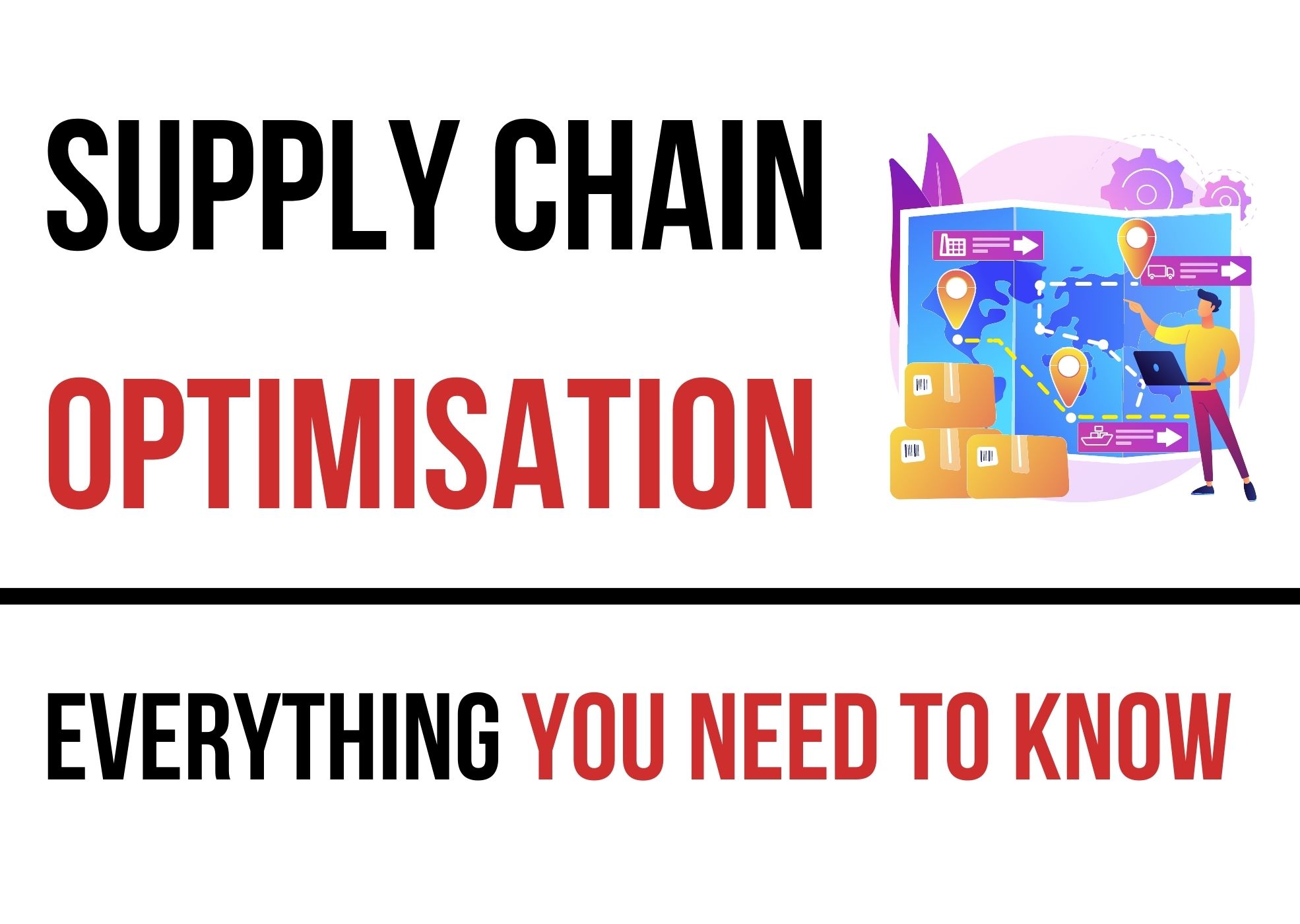Logistics is a vital part of any business, and technological advances have made it easier than ever for companies to achieve supply chain optimisation. In the UAE, the logistics market is expected to grow annually by 8.41% to reach $31.4 billion by 2026.
Since the pandemic has spurred e-commerce growth, there has been a growing demand for logistics digitalisation. Using advanced technology systems can help logistics companies streamline their processes and optimise their supply chain.
This guide will give a clear overview of what supply chain optimisation is, the challenges it addresses, the benefits it brings, and ways businesses in the UAE can achieve it.
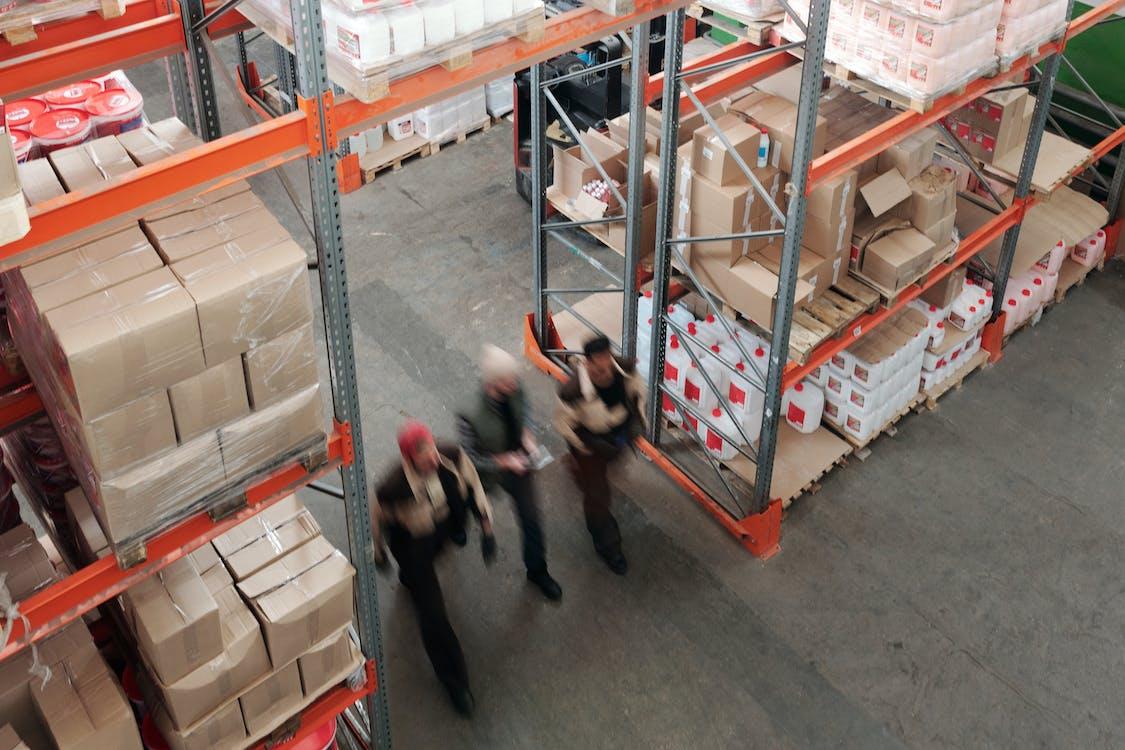
Source: Pexels
What is Supply Chain Optimisation?
Supply chain optimisation is the process of aligning all aspects of a company’s supply chain to create cost savings, improve efficiency, and increase customer satisfaction. It involves analysing and improving processes such as procurement, storage, transportation, order fulfilment, and returns.
By optimising their supply chains, companies can reduce costs associated with inventory management and shipping while also increasing visibility into their operations. This helps them make informed decisions about how best to move goods throughout the value chain.
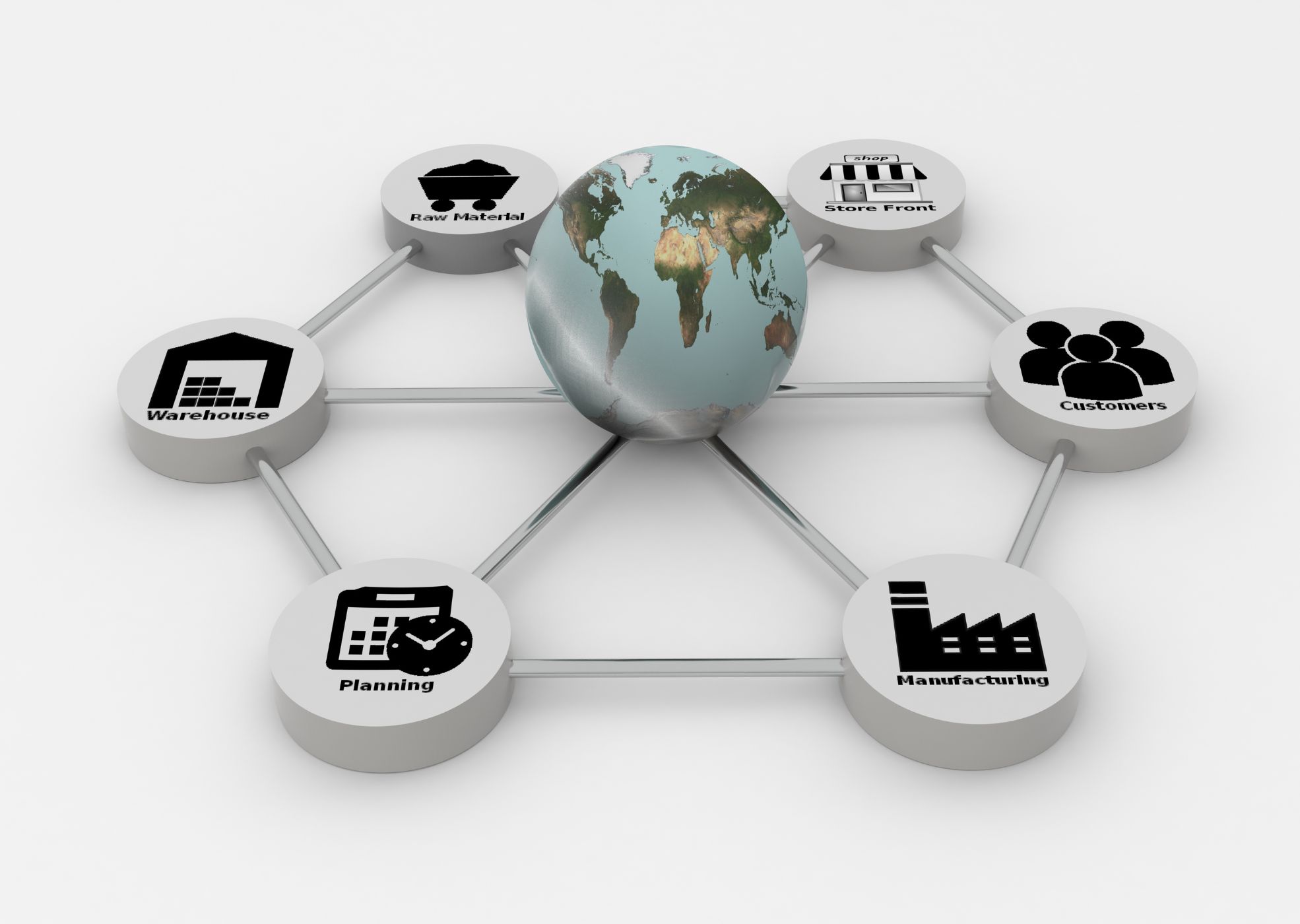
A supply chain optimisation process involves three phases:
1. Supply Chain Design: This first step involves network design. Companies must determine the best locations for their warehouses, distribution centres and transportation routes to move products efficiently.
2. Supply Chain Planning: Once network design is complete, businesses can begin to plan how they will source materials, manage inventory levels, and allocate resources. This includes forecasting demand, setting production schedules, and developing a supply chain strategy that meets customer needs.
3. Supply Chain Execution: The final phase of supply chain optimisation is execution; this involves implementing strategies to ensure all processes are running smoothly across the supply chain.
Key Features of Supply Chain Optimisation
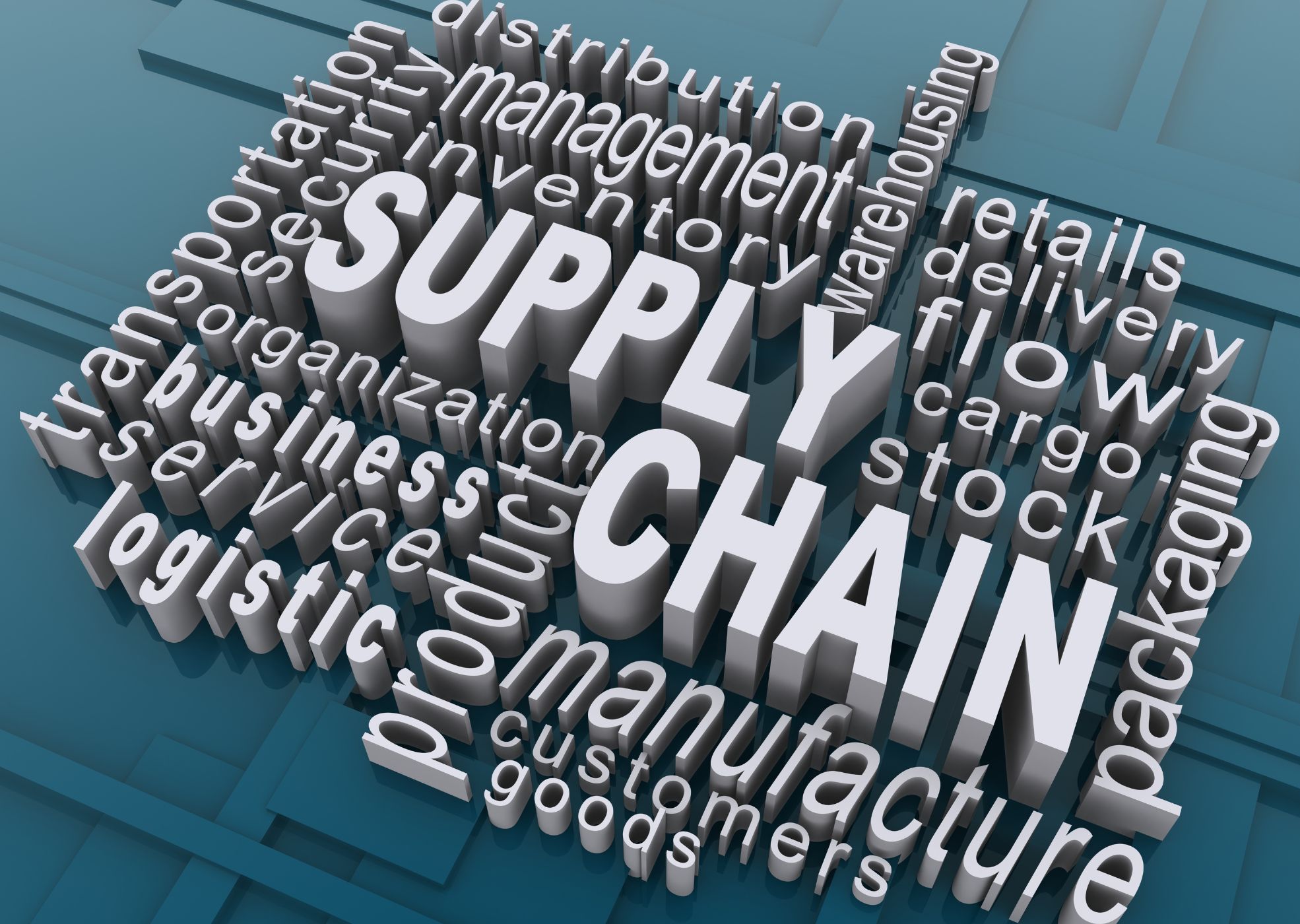
Supply chain optimisation may vary from company to company, but there are some key features that all effective optimisation strategies should include.
- Visibility: Increased visibility into the supply chain allows companies to anticipate and plan for potential issues before they arise. It also enables them to quickly assess which areas need improvement and develop solutions accordingly.
- Automation: Automation is essential for streamlining processes such as order fulfilment, inventory management, and returns processing. It helps reduce human error while improving accuracy and efficiency for value chain optimisation.
- Data Collection: Companies must collect data from all areas of their supply chain to identify opportunities for improvement. This includes collecting customer demand forecasts as well as supplier performance metrics.
- Analytics: Advanced analytics tools are used to analyse collected data to uncover trends and insights that can be leveraged to make decisions around inventory levels, pricing, route optimisation, and more.
- Network Design: As mentioned earlier, optimising a company’s supply chain involves designing the most efficient network of suppliers, warehouses, and distribution centres. Companies must ensure that they have the necessary infrastructure in place to meet customer demand while keeping costs low.
Common Supply Chain Challenges
To further understand the need for supply chain optimisation, it’s important to learn of the biggest challenges facing logistics companies.
Data Silos
Data silos are systems that store data in isolated databases or repositories, preventing it from being shared across different business functions. This can have a major impact on supply chain management as the lack of access to key data points makes it difficult for companies to make smart decisions regarding their operations.
Without integrated and accessible data, there is no way for companies to gain insight into how their supply chains work and which steps need improvement. Businesses will not be able to properly assess the efficiency of their processes or identify areas where they can reduce costs or increase productivity.
Additionally, due to limited visibility and an inability to track performance metrics accurately, it is difficult to measure the success of any implemented changes.
Inaccurate Data
Inaccurate data can be caused by human errors such as manual entry mistakes or system misconfigurations, or issues with the actual data itself, including missing information or out-of-date records.
Poor data accuracy often leads to incorrect business decisions that result in higher costs and reduced customer satisfaction. It also leads to inaccurate forecasts and inventory planning, preventing organisations from making informed decisions about current stock levels and future demand.
Inaccurate data can also mean that organisations cannot track products through the supply chain effectively and anticipate problems before they arise. This can have a major impact on customer service levels, as delays in shipments often result in dissatisfied customers.
Slow Response Times
When it takes too long for businesses to respond to changes in demand or other factors that can affect the flow of materials and services within a supply chain, opportunities for cost savings or improvements in customer service are missed.
When responding slowly, companies may miss out on potential orders from customers due to a lack of timely responses. This could result in lost revenue and dissatisfied customers who are likely to seek out other vendors in the future.
Additionally, slow response times can lead to increased inventory levels, as companies may be unable to forecast demand accurately due to a lack of timely information. Higher inventory levels require additional investments in storage and tracking systems, which can increase costs for businesses.
Finally, slow response times may prevent companies from taking advantage of new opportunities. For example, if a company is slow to respond to changes in market conditions or customer needs, it may be unable to capitalise on new business opportunities.
Increasing Costs
Increasing costs come from many different sources. Unpredictable market conditions, rising raw material prices, volatile currency exchange rates, increasing transportation costs, inefficient labour management practices, and more can all lead to an increase in the total cost of ownership for the supply chain.
Without any optimisation processes in place, it can be difficult to identify the root causes of cost increases and take action to reduce them.
Benefits of Optimising Your Supply Chain
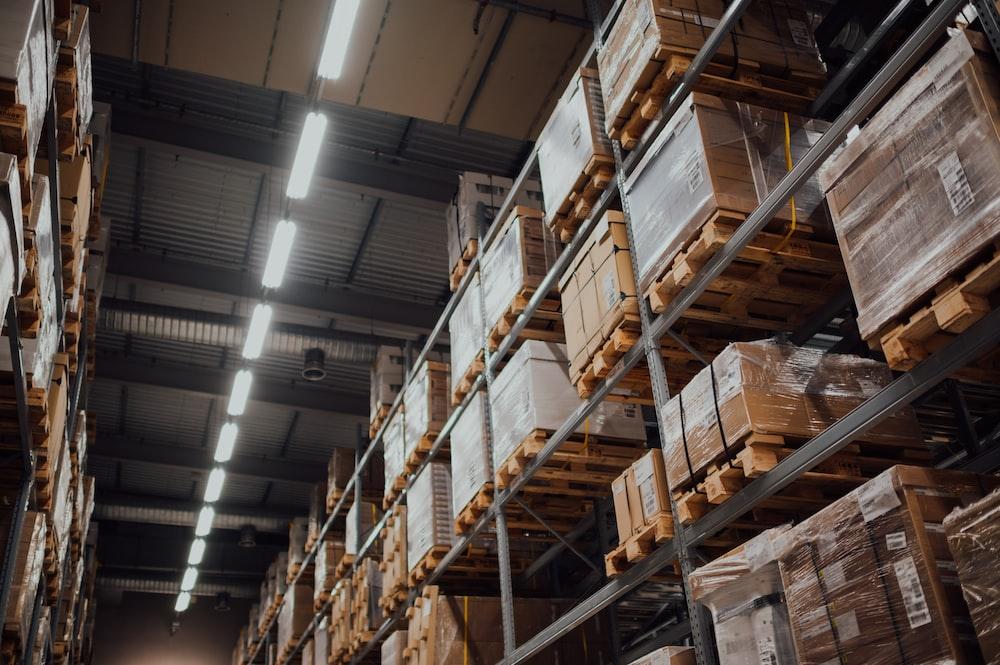
Source: Unsplash
An optimised supply chain is vital for any business that wants to remain competitive. Here are some of the benefits it can bring:
Increased Visibility
Visibility is critical in the supply chain. It’s essential for managing orders, tracking inventory, and forecasting demand. An effective supply optimisation system gathers data at all levels of the supply chain and provides real-time visibility into every part of the process.
With better visibility, companies can make more informed decisions about their supply chain operations. They’ll be able to see where inventory is located, when it needs to be shipped, and if there are any issues along the way. This helps them improve accuracy and reduce costs associated with delays or other problems in the system.
Cost Savings
Cost savings are achieved by reducing overhead expenses associated with managing a complex supply chain network.
By optimising supply chain processes and eliminating redundancies, companies can reduce their operating costs and increase their profit margins. For example, they may be able to negotiate better rates with vendors or reduce inventory levels by more accurately predicting customer demand.
Additionally, improved visibility into the supply chain gives businesses greater control over production scheduling, delivery times, and other related activities that can lead to further cost savings.
Another way that supply chain optimisation leads to cost savings is through increased efficiency in procurement and distribution operations. Businesses are able to reduce the time spent on manual tasks by automating some of these processes.
This allows them to focus on value-added activities such as customer service and product development. Additionally, they can reduce their shipping costs by using optimised routes and consolidating orders when possible.
Increased Revenue
By managing inventory more efficiently through careful stock control measures, companies can avoid overstocking. This can lead to increased revenues, as proper inventory management reduces holding costs associated with unsold goods.
Additionally, well-managed inventory levels can result in fewer stockouts, thereby reducing the risks of customer dissatisfaction and lost sales opportunities.
Optimising the route of goods from suppliers to customers in terms of cost, time, and security also helps companies deliver their products on time at a lower cost. This allows them to be more competitive in the marketplace, hence the higher sales.
Lastly, effective supply chain optimisation also involves strong supplier relationships. Businesses can leverage their suppliers to reduce costs and improve quality by introducing performance measurement systems that measure delivery times and product quality.
This helps ensure reliable deliveries and better quality products, which can lead to higher customer satisfaction rates and increased sales revenues.
Improved Efficiency
From sourcing raw materials to delivering finished products, supply chain optimisation makes processes more efficient. Companies can use advanced technology systems such as AI-based demand forecasting and predictive analytics to better predict customer needs and plan accordingly.
Supply chain optimisation also helps improve operations by reducing inventory levels to maintain optimal stock levels. When you successfully determine the right amount of products needed at any given time and use just-in-time delivery methods, you avoid overstocking or understocking items.

Accurate Planning
Data is key to any successful business, but it’s especially important in the supply chain business. Proper data collection and analysis are essential for accurate planning in inventory management, demand forecasting, and scheduling.
Accurate plans allow for better forecasting of customer demand and inventory levels, which leads to improved customer service.
By understanding how much stock needs to be held in inventory at any given time, businesses can reduce their overhead costs related to storing excess inventory. This results in fewer waste products and lower storage costs.
Furthermore, planning helps ensure on-time deliveries without overspending on shipping. With proper planning, businesses can schedule delivery times and routes that are most cost-effective while still meeting customer demands.
Finally, accurate planning allows for better collaboration with suppliers and other partners throughout the supply chain, leading to greater efficiency and improved communication.
This can help companies respond more quickly to disruptions in the market or unexpected changes in demand by allowing them to adjust their plans accordingly without costly delays.
Best Practices in Implementing Supply Chain Optimisation
Supply chain optimisation may be different for every business, depending on their operations and objectives. However, there are some best practices that all businesses can use to optimise their supply chain:
1. Utilising Automation Technologies: By automating processes such as inventory management and order fulfilment, companies can save time and money while gaining more visibility into their operations. Additionally, automation technologies like machine learning can help companies understand customer needs better so they can provide an improved customer experience.
2. Centralising Data: It’s critical to have all data accessible in one place to ensure that all stakeholders have a single source of truth. This will help them make more informed decisions and optimise the supply chain accordingly. This is possible through software such as enterprise resource planning (ERP) systems.
2. Focusing on Core Competencies: Businesses should focus on their core competencies and outsource any non-core activities. This will help them reduce costs associated with storage, transportation, and other activities by leveraging a partner’s expertise in those areas.
3. Developing Strategic Partnerships: Companies must develop strategic partnerships with suppliers, vendors, and other partners in the supply chain to ensure that goods are delivered on time and at the right cost. This will help them reduce lead times and improve customer service levels.
4. Investing in Sustainability: Investing in sustainability initiatives such as renewable energy use or reducing waste not only saves money but also builds a better reputation among customers who care about environmental issues.
Wrap-up: Supply Chain Optimisation
Supply chain optimisation is an essential element of any successful business, and companies in the UAE are no exception. By taking a strategic approach to their supply chains, businesses can increase efficiency, reduce costs and create more value for customers.
To achieve this, companies must think holistically about their supply chain operations and use advanced technology systems that provide visibility into their processes. This will allow them to make informed decisions about how best to move goods throughout the value chain, leading to increased profits and customer satisfaction.
For business owners who need help familiarising themselves with supply chain processes in the UAE, we at Virtuzone offer a range of services to assist you. Contact us for more information about our business setup services, and let us help you get the most out of your operations.
